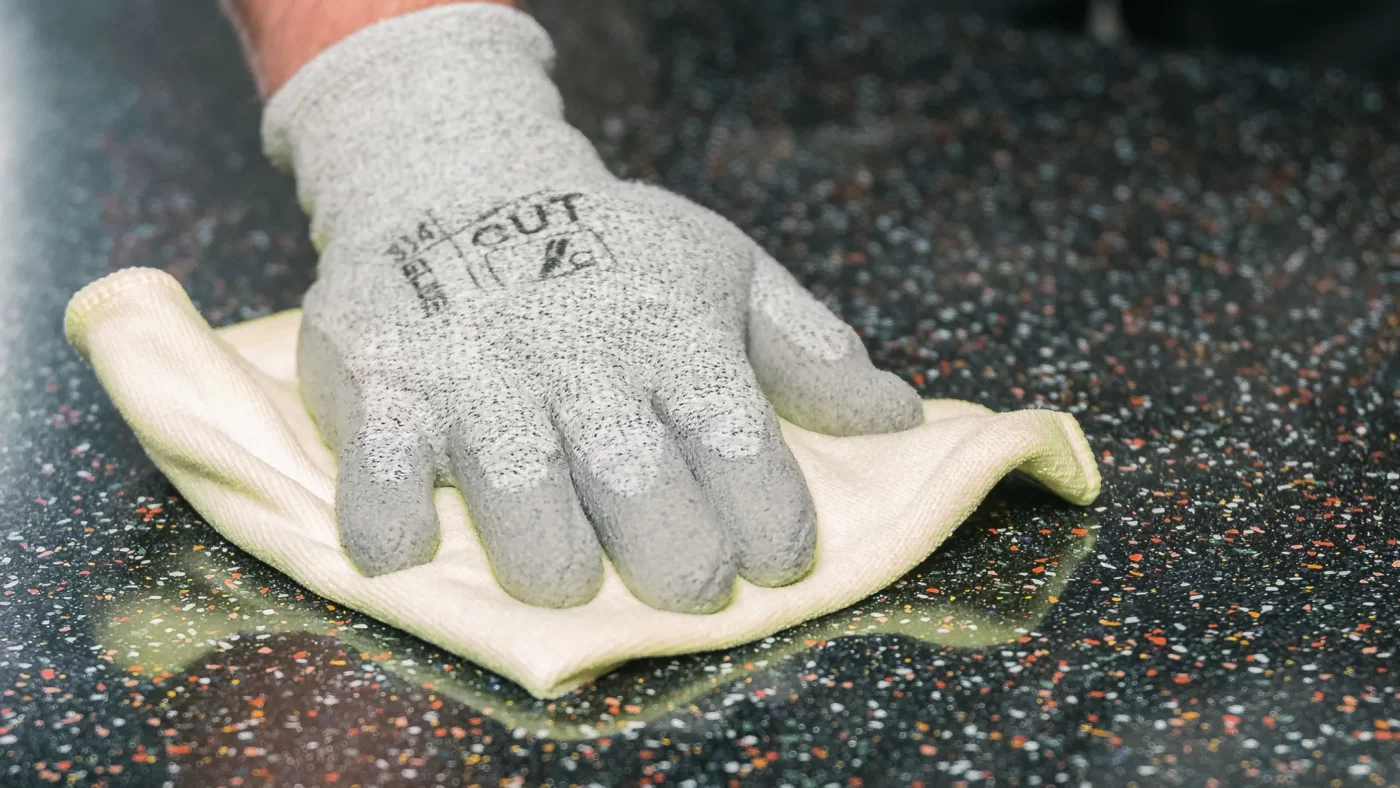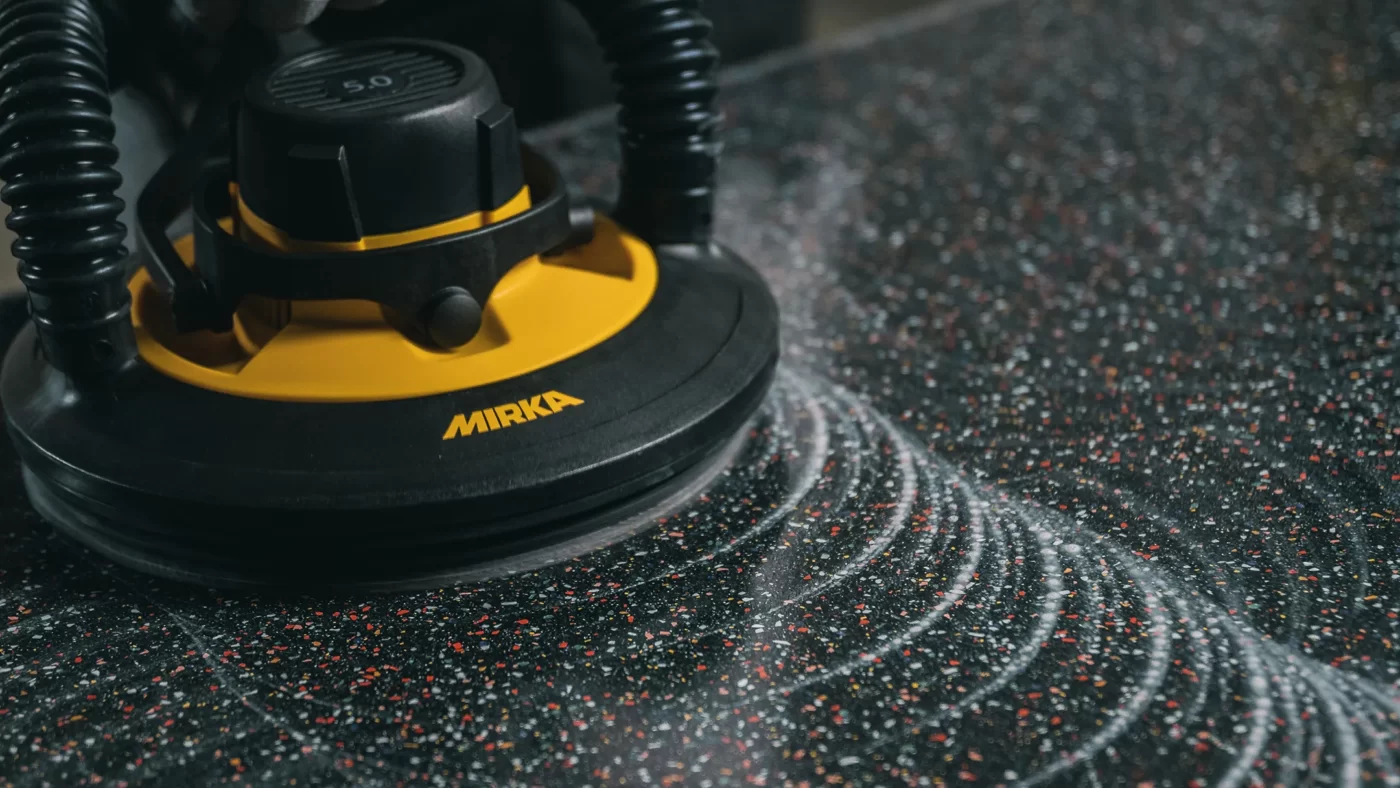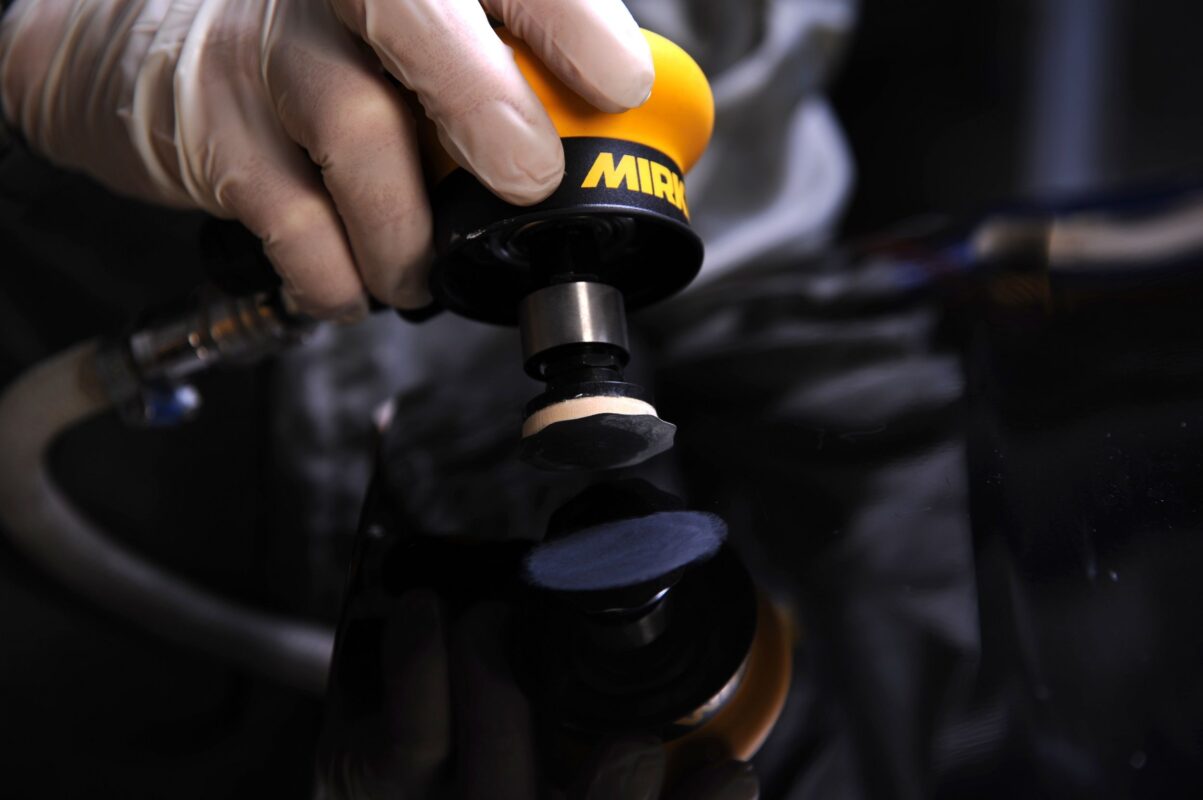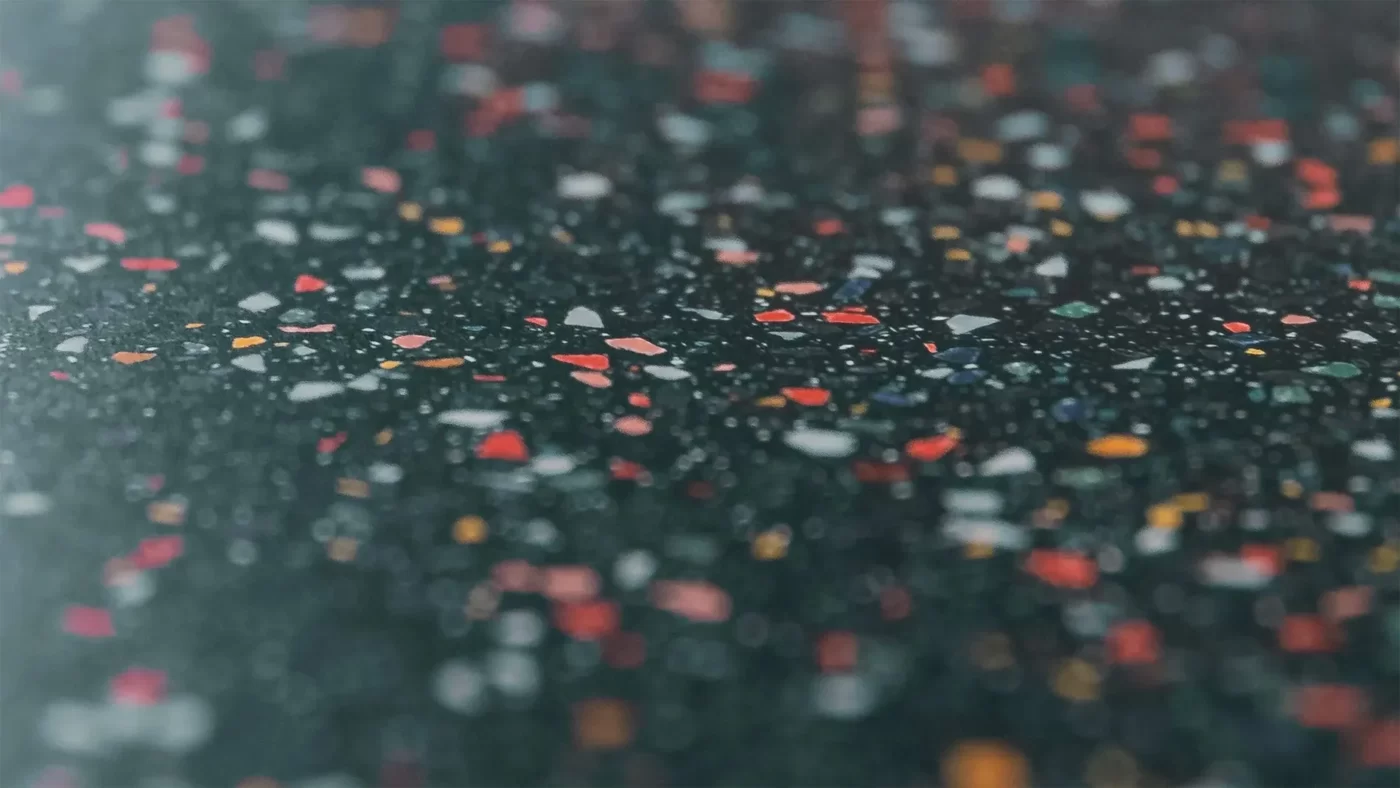How to Sand and Polish Solid Surfaces
Solid surface materials are widely used in interior and architectural design in both homes, public and commercial spaces, for a variety of different applications, such as kitchen countertops, reception desks, washbasins and shower walls. There are a variety of solid surface manufacturers and brands, such as Corian® by DuPont. Most of these combine a resin base with fillers and pigments. This makes it all the easier when preparing to sand solid surface materials. With Mirka’s solutions for solid surfaces, you can achieve the desired result without hassle, whether it is a deep matte or a shiny high gloss finish. And, of course, when pairing our award-winning tools with our dust extractors and innovative abrasives, you get a solution that is dust-free, reducing time spent on cleaning up. Depending on the application, a wide range of finishes can be used.
Simple Steps to a Perfect Solid Surface Finish with Mirka Solutions
1. Sand the Surface

Start sanding with a Mirka® DEROS sander (for larger surfaces a Mirka® LEROS-S is recommended) using Abranet® or Abranet® ACE to level out the surface and remove imperfections, beginning with 120 grit and continuing up to 320 grit.
Make sure that the entire surface is sanded. Wipe surface between different grits.
2. Switch to Damp Sanding

For the desired finish switch to damp sanding with Abralon® (make sure both abrasive and surface are wet). With Mirka® Leros-S orbital electric sander, use Abralon® J3.
For a matt or satin finish sand once with 360 grit (matte) or 500 grit (satin). If you want a glossy finish, damp sand with Abralon® up to 4000 grit.
3. Polish the Surface

Polish the surface with Polarshine® 10 and a lambswool pad.
For an even deeper gloss, polish a second time using Polarshine® 10 and a yellow waffle polishing pad (optional).




 Ελληνικά
Ελληνικά